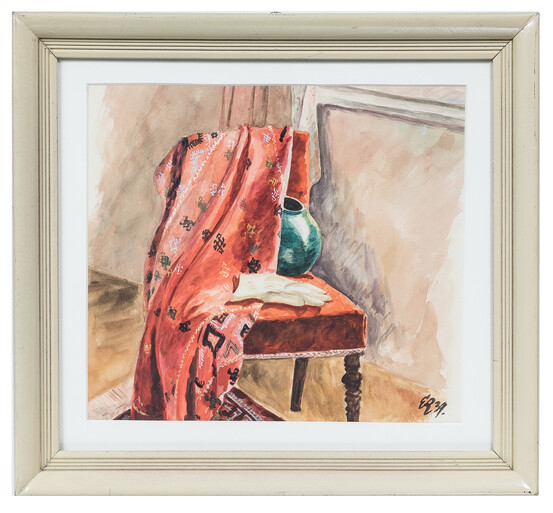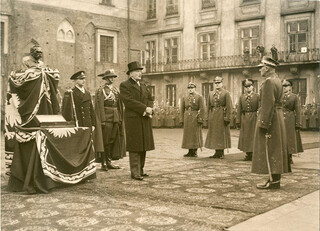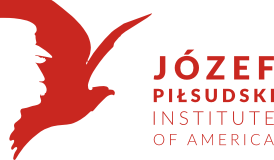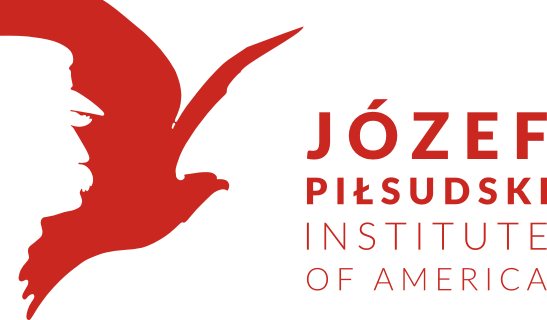Few are aware that Edward Rydz-Smigly, the last Marshal of pre-war Poland, was also an artist. During his internment in Romania, following the outbreak of World War II, Rydz-Smigly created eight paintings that are now part of the Pilsudski Institute's collection. The paintings, generously donated by Mr. Stanisław Krzeczkowski, are a testament to the multifaceted nature of this complex historical figure.

One of the paintings, a vibrant watercolor still life - "Martwa natura," captures the eye with its patterned and exotic fabric, a green vase resting on a chair, and a light glove negligently left on the same chair. The frames of other artworks, visible in the background, suggest that Rydz-Smigly painted his own artistic studio. Interestingly, artistic work proved to be the most effective psychological therapy for Rydz-Smigly during his internment, providing him with a sense of creative release in a time of turmoil.
Rydz-Smigly initially studied art at the Krakow Academy of Fine Arts under the tutelage of Leon Wyczółkowski, Teodor Axentowicz, and Józef Pankiewicz. However, his passion for politics and fighting for Poland's freedom quickly took precedence over his artistic career. He joined a paramilitary organization in Galicja and became affiliated with Józef Piłsudski.
 Edward Rydz-Smigly receiving Marshal nomination, Warsaw,1936.
Edward Rydz-Smigly receiving Marshal nomination, Warsaw,1936.
Rydz-Smigly's military-political career took off after the outbreak of World War I when he joined the Polish Legions and became the commander of one of the battalions. Józef Piłsudski entrusted him with responsible assignments, such as supervising officers, and praised Rydz-Śmigły's decision-making skills and dedication to fighting for Poland's freedom. (collection of Jozef Pilsudski)
After Poland regained its independence, Rydz-Smigly became a high-ranking government official and a distinguished commander during the Polish-Soviet War. He led several successful offensives against the Bolsheviks and even captured Kiev in May 1920. Following Piłsudski's death, Rydz-Smigly became the de facto leader of the ruling party (Sanacja), receiving the Marshal's nomination in 1936 and becoming the most popular person in Poland. (take a look at the collection of photos from Second Polish Republic).
Sadly, the myth of Rydz-Smigly's supreme military abilities was shattered during the September Campaign of 1939, when he served as a nation’s Commander in Chief. His act of leaving Warsaw, on September 7th, 1939, most Poles took as betrayal. After crossing the Polish-Romanian border, he was interned in Romania, where he devoted his time to art and created the paintings that now are displayed in the Pilsudski Institute's gallery.
The gallery is open to the public Monday - Friday from 10:00 am to 5:00 pm and Tuesday 12 pm - 7pm.
The project was supported by:










